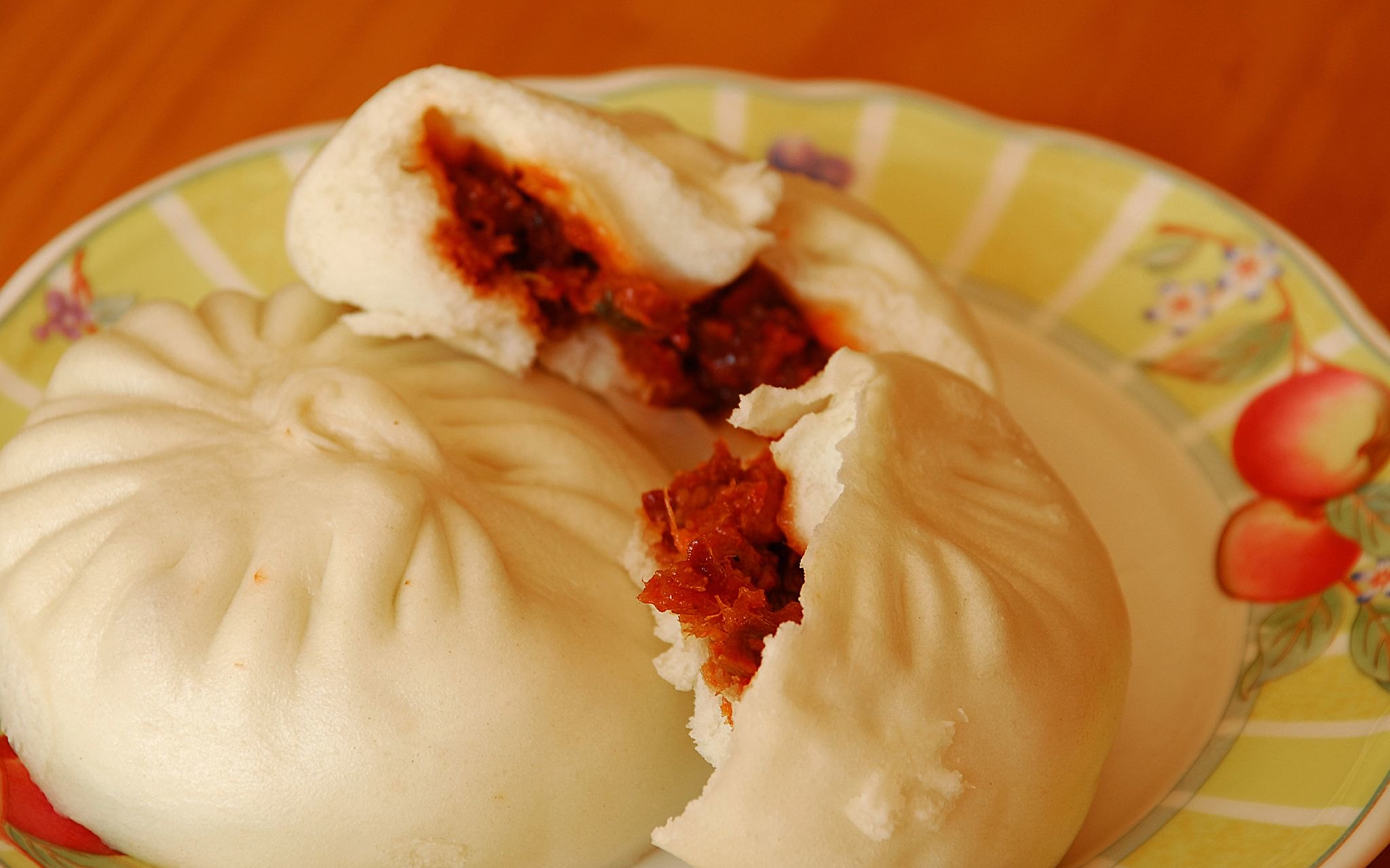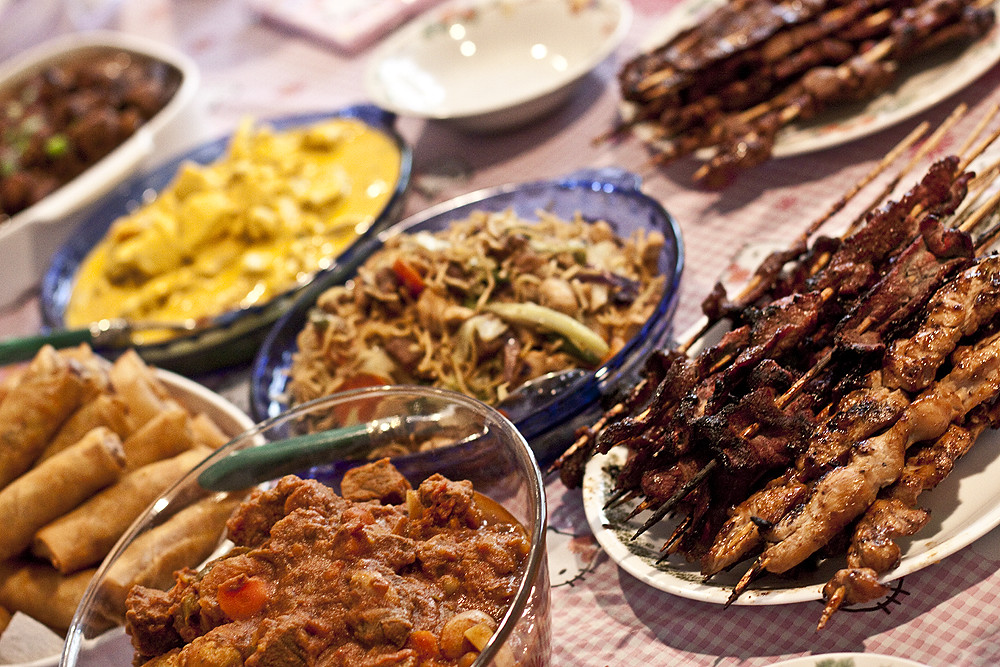A Foodie’s Guide to Filipino Cuisine
A Symphony of Flavours to Tantalise Your Taste Buds!
Embark on a gastronomical journey through the Philippines, where each dish unveils the rich culinary heritage of the nation. From the delicate balance of traditional flavours to the influences that shaped Filipino cooking, every meal is an opportunity to explore the heart and soul of this evocative cuisine.
Traditional Techniques
In the Philippines, food is named not for specific ingredients but for the intricate traditional techniques employed; dishes can be thus made with a specific technique such as using vinegar to stew ingredients with bay leaf and peppercorns. Additionally, Filipino cuisine is rarely spicy and instead, consists of a harmonious blend of sour, sweet, salty, and bitter notes. Sourness takes the spotlight, drawn from leaves, fruits, and fermentation.
Diverse Influences
The food here is a testament to the country’s rich history and diverse cultural influences. For example, Chinese cuisine was brought over by Chinese traders and immigrants and forms an integral part of local dining. Such dishes including Pork Chao Fan, can be enjoyed when dining at franchise restaurants in Philippines the likes of Chowking Philippines. There have been other significant culinary influences too, from the Spanish, who ruled the nation for three centuries, to American, Japanese, and British rulers.
Regional Cuisine
Cuisine in Philippines isn’t just national, it’s a mosaic of regional and local delights. In major geographic regions such as Luzon, Mindanao, and Visayas, one will find unique culinary treasures made with time-honoured techniques. For example, Pampanga in Luzon is considered the nation’s ‘Culinary Capital’ and offers a host of distinctive dishes, while Camiguin in Mindanao is more well-known for its fresh seafood delights. These local specialities transcend their regions and can be enjoyed in other destinations too.
Popular Dishes

Foodies will be thoroughly spoilt for choice when it comes to the top dishes in Philippines to try on their visit. Some of the culinary highlights include the previously mentioned adobo with pork or chicken, lechon with its crispy skin and succulent meat (usually pork) and the grilled chicken of Inasal which is marinated to perfection.
You can also try Chinese-style siopao asado with its pork filling and batchoy which is a comforting noodle soup dish; don’t miss yummy Halo-halo for dessert combining sweetened fruits, jellies, sweet potato, sugar palm, shaved ice, ice cream and more!
Related posts
Archives
Categories
- Appetizers (26)
- Arab (48)
- Bars (35)
- Burmese (6)
- Café (26)
- Casual Dining (38)
- Chinese (37)
- Coffee House (29)
- Desserts (38)
- Destination Dining (386)
- Diner (28)
- Family Restaurants (71)
- Fast Food (65)
- Fine Dining (524)
- Food Facts (224)
- Healthy Food (108)
- Hong Kong (10)
- Indonesian (15)
- Italian (2)
- Japanese (17)
- Main Dishes (63)
- Maldivian (73)
- Miscellaneous (8)
- Miscellaneous Topics (395)
- Palate (68)
- Recipes (95)
- Restaurants (206)
- Sea Food (99)
- Singaporean (34)
- Sri Lankan (62)
- Steaks & Grill (70)
- Street Food Stalls (152)
- Thai (94)
- Types of Cuisines (120)
- Vegan (63)
- Vegetarian (10)
- Vegeterian (39)
- Vietnamese (22)
- Western (11)

